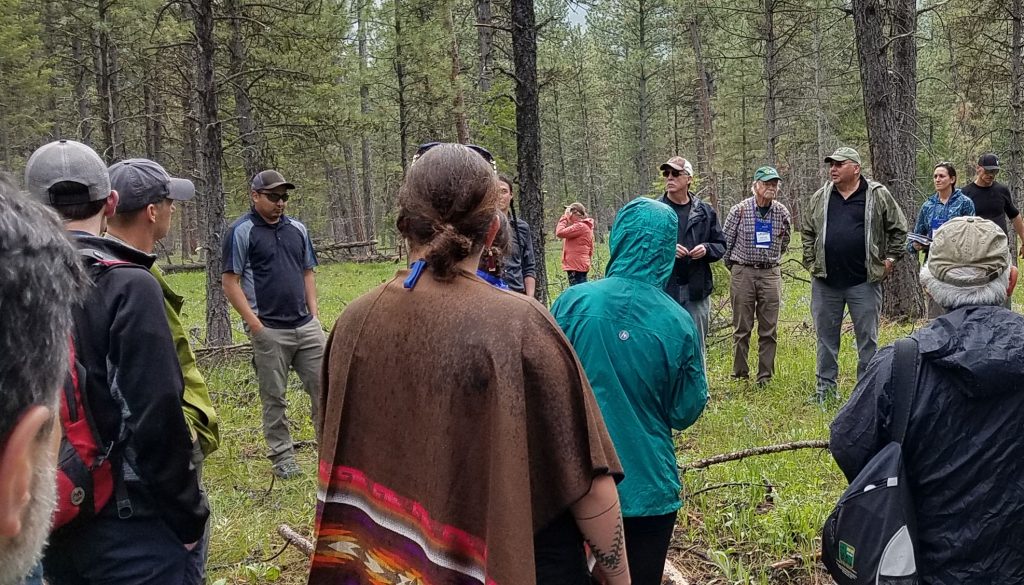
Back in the 1930s and 1940s, professional and expert opinion was firmly against any fire in the forest. The only ones who still burned the woods were Southerners and Native Americans. Both groups were ridiculed for their outdated habits. The authorities mounted an advertising campaign against them. “Scholarly” articles were written attacking Southern bad habits and authorities unleashed PR campaigns against burning. They called burning by Native Americans Paiute forestry. Fortunately, neither group stopped burning and gradually ecologists came to a better understanding of fire in the forest.
The experts were not entirely wrong. If your only goal is to produce as much wood as possible in the short term, you should exclude fire. But trees are more than wood and forests are more than trees. A holistic approach is better.
We cannot always justify this with bottom line thinking, but it fits better into the “triple bottom line,” the sweet spot at the intersection of something being good ecologically, economically and culturally.
This triple bottom line – holistic – thinking was much in evidence when we visited the Confederated Salish and Kootenai Tribes of the Flathead Nation. They want to make their timber lands profitable, but they also have other priorities. I very much agreed with their philosophy. It is like what I want on my own land.
My first picture shows a fire managed ponderosa pine forests. It is open and park-like, since the fire cleans out the brush. Ponderosa pine forests used to burn every 3-15 years. The little fires make the forest healthy and can prevent big fires. Notice how high the branches are. The fire does not get into the crowns of the trees. Next shows the tribal forestry folks explaining their methods. After that is a field of camas. The roots are edible and were a culturally valuable food for the Native people. W/o burning, the camas had just about disappeared. Next two are just some more beautiful pictures.
Tribal foresters explained that fire had been a tool their ancestors used for generations. At the end of the season, they set the woods on fire. The fires burned until put out by the snows. When the people came back next spring, the land was again rich with new growth. This virtuous cycle was stopped when fire was excluded. It is coming back now, but restoration takes time. Fortunately, forestry folks understand the need for patience.


